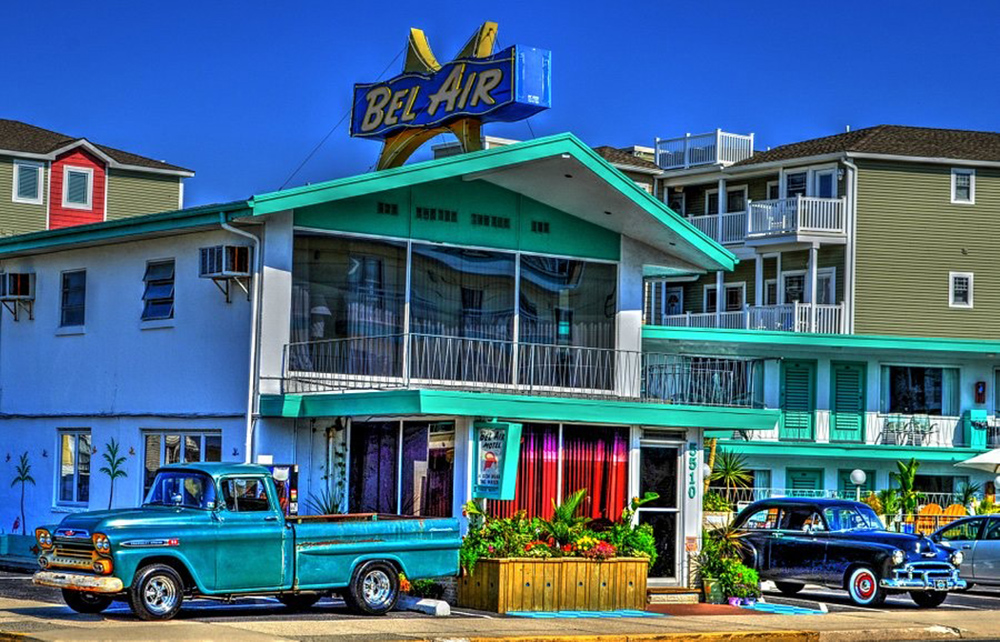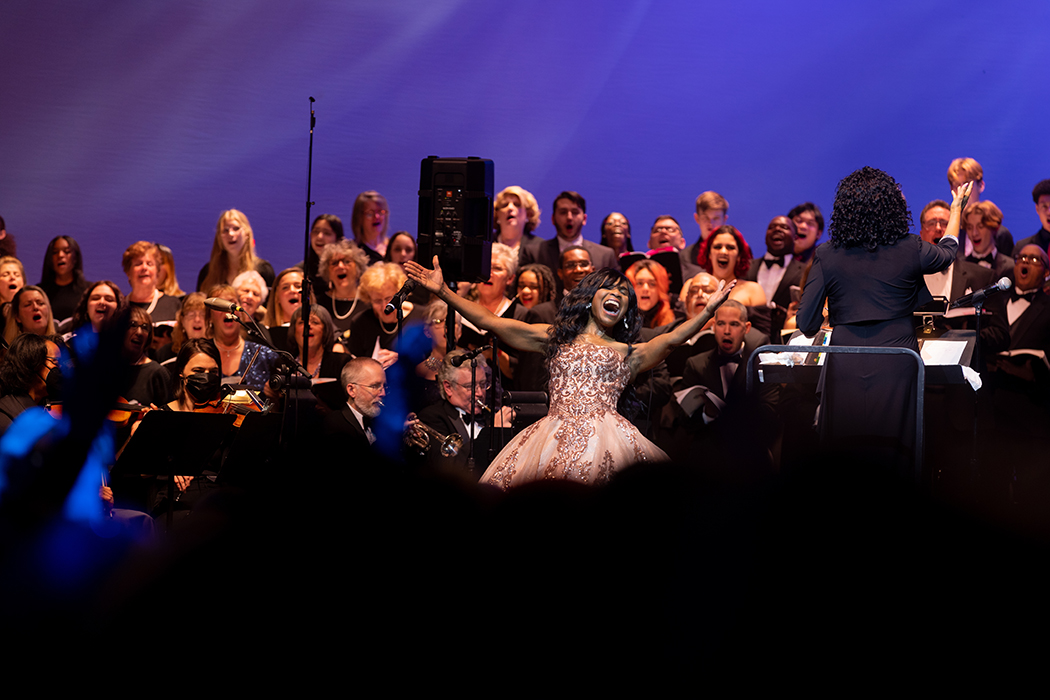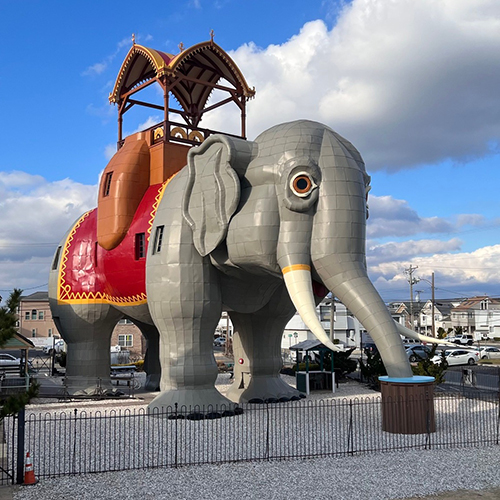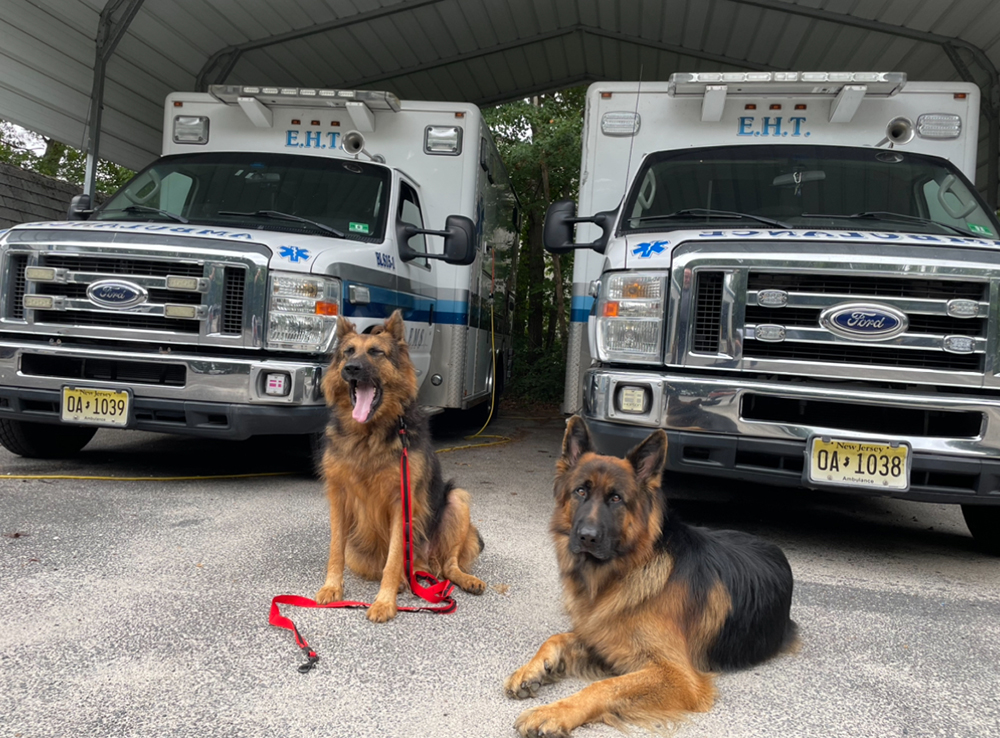By Sarah Fertsch
Staff Writer
Drive into Wildwood at night and you see the lights. Neon signs glow in funky, stylized lettering with bright colors and big curves. Wawa and McDonald’s look like they’ve time-traveled from the 1950s to the present. The fluorescent lighting and cartoonish designs are enough to make even an employee feel like they’re on vacation.
This is Doo Wop, and the Wildwoods are known worldwide as the Doo Wop capital.
In the ’50s and ’60s, when post-war tourism was at its peak on the island, and the Garden State Parkway was brand new, hotel and motel builders hoped to attract more customers by using bright colors and family-friendly, functional art.
Take the StarLux Hotel, at 305 E. Rio Grande Ave. in Wildwood for example. It looks like a glass castle with its angled roof and glistening towers. Guests are transported to retro Hawaii by palm trees next to the pool, and the checkerboard concrete floor. The massive sign is colorful and bright, not only communicating the business, but telling potential guests the style and vibe of the place.
The Wildwood Cest Historical Society defines Doo Wop as a “unique, space-age architectural style that was common in the 1950s and 1960s that incorporated modern, sweeping angles, bright colors, starbursts, boomerang shapes, plastic palm trees, and angular wall and roof styles.
“It was named after a music style popular at that time, sung by groups like The Turbans and The Ink Spots. Other parts of the country refer to the Doo Wop style as ‘Googie’ or ‘PopuLuxe’ architecture.”
The first motel to reflect this style in Wildwood Crest was the Ebb Tide Motel, at 5711 Atlantic Ave., built in 1957. Many of the Doo Wop motels, including the Ebb Tide, were built by Will and Lou Morey, who specialized in such designs.
Before Doo Wop, the Wildwoods were like other local beach towns. In fact, 93-year-old historian Bob S. Bright says that the name Wildwood was chosen because the island was nothing but trees.
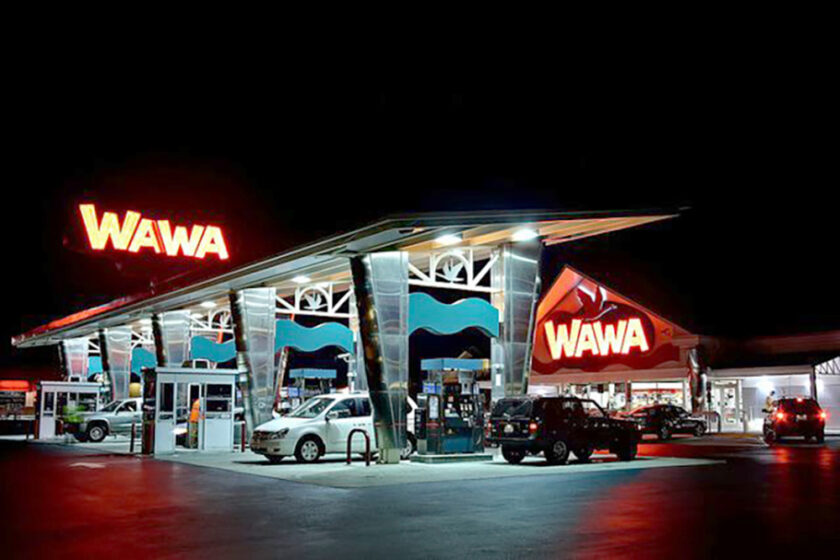
“In the ’50s, architects wanted guests to feel like Wildwood was a little Las Vegas by the sea,” said Bright. “The Morey Family, a prominent business-owning family, would look to Florida for tourism ideas and ‘Wildwood-ize’ them, meaning they would give them a Doo Wop feel.”
There are different categories of Doo Wop architecture.
StarLux expresses the first type, which is called Modern Blast-off, represented through angular roofs and glass walls, feeling futuristic and space age. The Jolly Roger Motel, 6805 Atlantic Ave. in Wildwood Crest, also expresses this style. Built in 1959, it’s considered Modern Blast-off Doo Wop because of its use of chrome and a sharp-angled neon sign.
The second type is known as Tiki/Polynesian, which incorporates palm trees, dark woods and tiki poles to make any space feel tropical.
The third type is Chinatown Revival, inspired by a fascination with the Far East. Think of the style of Gauman’s Chinese Theater in Hollywood.
Phony Colonee, the fourth type, makes fun of old-American, New England styles. The Carriage Stop Motel, now a condo complex at 402 E. St. Paul Ave. in Wildwood Crest, uses bricks and columns to express this style.
Vroom, the fifth and most popular style, uses angles and slants to convey fast-moving, postmodern values. The Caribbean Motel, 5600 Ocean Ave. in Wildwood Crest, was built in 1958. It combines Tiki/Polynesian and Vroom through its poolside palm trees, arched pool and its curved floor plans and retro fonts.
Other motels like the Ebb Tide Motel, the Tahiti Motel, the Casa Bahama Motel and the Satellite Motel were also great examples of Doo Wop, but were torn down in the early 21st century.
Kirk Hastings, who has been the president of the Wildwood Crest Historical Society since 1995, wrote a book on Doo Wop motels in 2007 titled “Doo Wop Motels: Architectural Treasures of the Wildwoods.”
He notes that Doo Wop applies a lot of Pacific-Islander design themes because World War II veterans returning from the war in the Pacific, brought island influences home with them. When men returned to their civilian jobs, they applied Polynesian architecture and art to new businesses and buildings. In fact, Hastings reports with a smile, the plastic palm tree was named the Wildwoods’ official tree, and Gov. Christie Whitman named Wildwood “the plastic palm tree capital of the world” at the StarLux Motel in 2000.
“These buildings have so much imagination in their design, so it’s too bad we are losing them to the wrecking ball,” said Hastings.
He explained that the motels were mostly mom-and-pop businesses, serving the public for 50 years or more. Eventually the land became worth more than the motels themselves. So when investors came around making offers, it was hard to resist the opportunity to retire.
Developers began buying out the motel owners, tearing down the buildings and erecting cheaper, more modern condominiums in the motel’s place.
Many beautiful motels fell victim to developers in the past 20 years. A good example is the Tahiti Motel. Built in 1963, it was designed to look like Polynesian huts, with tiki torches and a stunning pool. It was demolished in 2004 and now a 12-unit condo sits in its place.
The Wildwoods Shore Resort Historic District, also called the Doo Wop Motel District, has been designated by the State of New Jersey. Once home to more than 300 Doo Wop-era motels, this stretch of two miles between Atlantic and Ocean avenues is said to contain the largest assembly of mid-century resort architecture in the country. Having the district ensures that future development honors the district’s Doo Wop heritage.
Also, the Caribbean Motel in Wildwood Crest, and the Chateau Bleu Motel, 911 Surf Ave. in North Wildwood, are both listed on the National Register of Historic Places.
“It’s very difficult to preserve historical beauty in a free market,” said Hastings. “To save Doo Wop in the Wildwoods, people need to make their voices heard. They need to urge governments and historical preservation associations to protect these unique spaces.”
Today, more than 50 Doo Wop-style motels still remain, mostly in Wildwood Crest, but in Wildwood and North Wilwood as well. At the forefront of keeping the Doo Wop tradition alive is the Doo Wop Preservation League, which operates a Doo Wop Experience museum at 4500 Ocean Ave. in Wildwood, and provides guided and self-guided tours.
To learn more and download your own Doo Wop walking tour map see https://www.DooWopusa.org/

